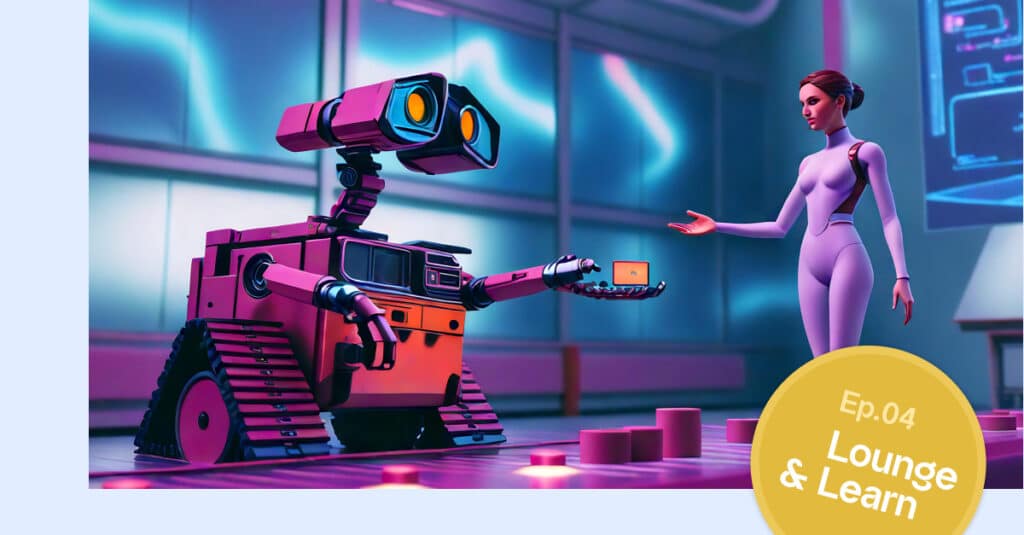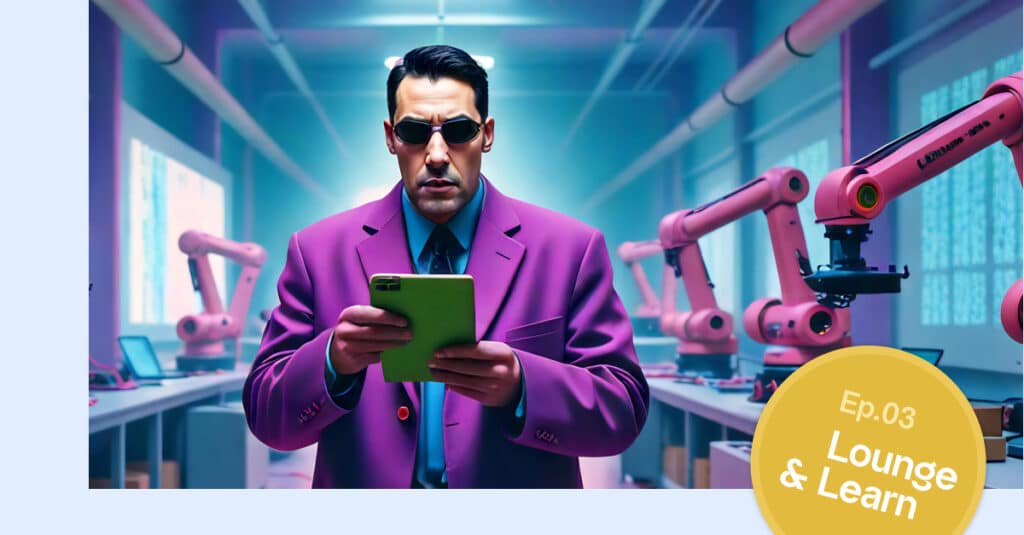
Captain Kirk lectures Prince William on space manufacturing … First space factory about to blast off … Can your IoT sensors hear you scream in outer space? … Here’s a round-up of some of the manufacturing-related press from the last month that caught Augury’s collective eye – and why it mattered.
With the world continuing to battle supply chain and climate issues, we decided to direct our eyes skywards in search of manufacturing-related news. It proved rich pickings.
To The Stars
Just as Augury made headlines as it became one of the first Industry 4.0’s unicorns by being valued at over $1 billion dollars, Tesla tried to steal our thunder by being valued at over $1 trillion dollars. It’s okay Elon, we won’t take it personally.
In fact, our eyes were more attracted to other Musk-related headlines, such as ‘Elon Musk Wants Tesla To Build Cars On Another Planet Before He’s Dead’ and ‘How SpaceX Will Blast The First Space Factory Into Orbit’.
According to the latter article: “A space research company called Varda Space wants to become the first to build a manufacturing facility in space […] According to TechCrunch, this kind of in-space facility could, for example, manufacture bio-printed organs or specialist semiconductors.”
Unfortunately, no mention is made on how they plan to return any products to Earth – which suggests a huge kink in the supply chain.
To Boldly Go Where No Man(ufacturing) Has Gone Before
‘William Shatner Says Prince William Is “Missing The Point” Of Space Tourism’.
“He’s a lovely, gentle, educated man, but he’s got the wrong idea,” said Shatner who played Captain Kirk in the original Star Trek series. The 90-year-old actor had just returned from his 10-minute rocket ride as a guest of Amazon founder Jeff Bezos.
Shatner was responding to the prince’s observation: “We need some of the world’s greatest brains and minds fixed on trying to repair this planet, not trying to find the next place to go and live.”
“The idea here is not to go, ‘Yeah, look at me. I’m in space’,” Shatner added, before claiming that such trips are a “baby step” towards “relocating polluting industries to space”.
Later during an interview with CNN, Shatner seemed to contradict himself: “From our point of view, space is filled with mystery … but in that moment, it is blackness and death. In this moment down here, as we look down, [Earth] is life and nurturing. That’s what everybody needs to know.”
Industry 4.0 Meets Space 4.0
Shatner has not gone completely space loopy, however. Manufacturing in space has been an area of experimentation ever since Russian cosmonauts did the first welding tests during the Soyuz 6 mission in 1969, according to Wikipedia.
In fact, the US Space Studies Institute has been hosting a Space Manufacturing Conference since 1977. And in March 2022, ESA and NASA are collaborating to host a major international conference on Advanced Manufacturing – bringing together Industry 4.0 with Space 4.0.
“Today, smart and advanced manufacturing technologies including 3D printing, virtual testing, big data-driven and quality control processes are altering the manufacturing supply chain, progressively increasing customer value and supply chain efficiency.”
And it’s thought these technologies can be nicely applied to outer space.
“In recent years, manufacturing in space has gone from sci-fi to reality. The microgravity conditions and near perfect vacuum in space have made it possible to produce materials and components whose properties simply cannot be replicated on Earth,” according to ‘Manufacturing In Space: A Giant Leap For Robots’.
“Not only is it becoming easier to undertake experiments in space, thanks to the increasing use of robotics in space and more satellite launches, but there is also an increased demand for repair and maintenance services.”
Cosmic Supply Chains
Meanwhile, Europe is out to explore “the development of a sustainable manufacturing chain in space,” according to ‘European Space Agency To Test Incus Metal 3D Printing Tech In Micro-Gravity Environment’.
“Since long-term missions need to be self-sufficient, there is great interest in the potential of 3D printing to supply research materials and spare parts on board and on demand to reduce costs and the volume of cargo missions from Earth. LMM is said to be able to produce spare parts from recycled material waste.”
Back Down To Earth
As for Augury’s own space ambitions, we’re always open to stellar opportunities. But for now, we’ll stick to our current mission: supporting the machines that matter most. And right now, these machines are still all Earth-bound.
Read ‘Manufacturing – The News // Is This The Manufacturing Metaverse’s Big Bang Moment?’
Tune in next month more ‘Manufacturing – The News, On Climate Chains and Supply Change.




